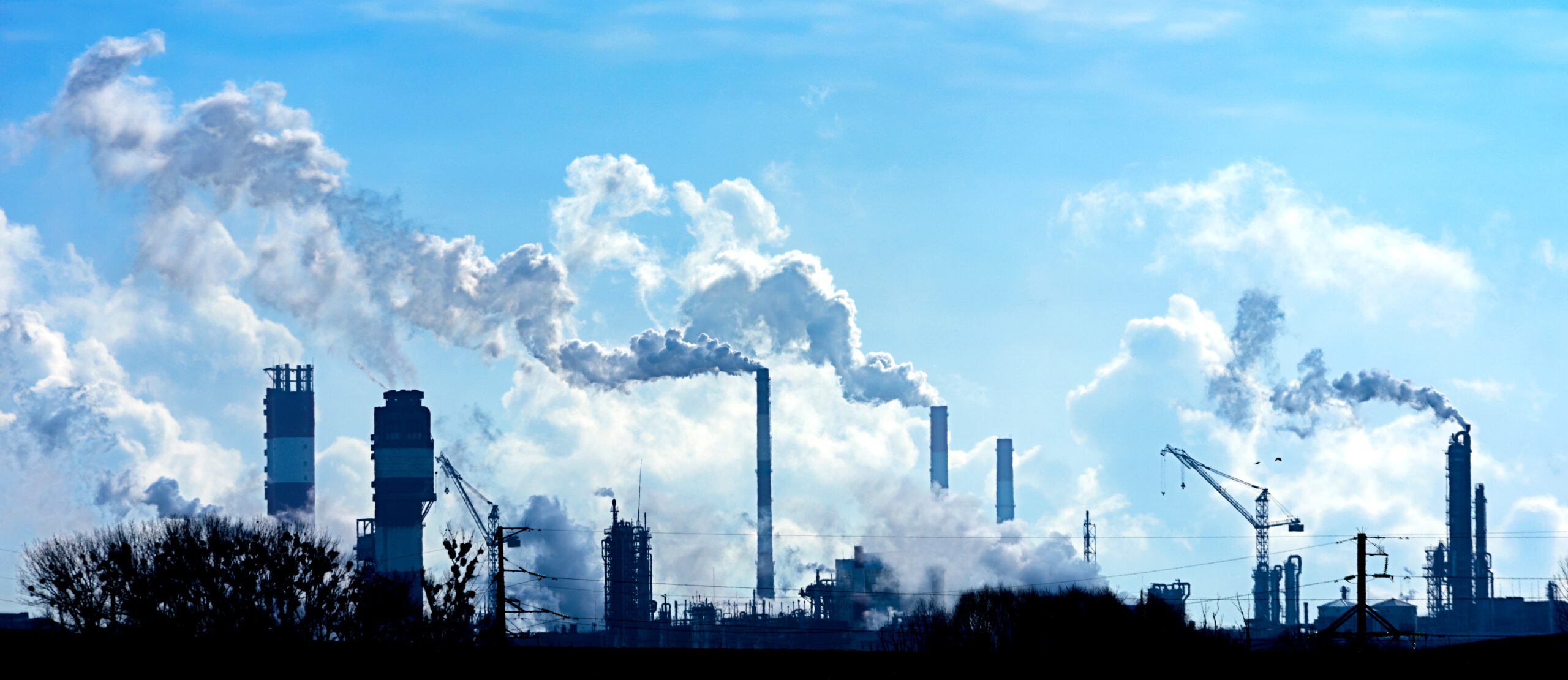Since the original passage of the Clean Air Act in the 1960s, air pollution has decreased by 78%, with an 87% reduction in carbon monoxide in 2022. Experts determine air pollution status by measuring the concentration of various air pollutants, including carbon monoxide, lead, nitrogen dioxide, and ozone, to name a few. These pollutants, comprising both gases and particles, have the potential to cause adverse effects on the human body.
Industrial processes, automobile vehicles, and construction activities are among the primary contributors to air pollution as they release pollutants directly into the air or react with naturally occurring air particles to create pollutants. Prolonged exposure to these pollutants can lead to bodily irritation and stress, potentially resulting in chronic health conditions such as heart complications, respiratory failures, compromised immune systems, and even cancer. Environmental pollutants exacerbate health inequities as people of color and households with lower incomes experience higher rates of pollution exposure. Thus, it is imperative to recognize the environment as not only a crucial determinant of health but a social determinant of health as air pollution disproportionately affects marginalized communities.
Air pollution is more common and usually worse in urban areas.
Image Source: steinphoto
Despite the overall decrease in air pollution, the health benefits experienced by individuals are not equitable. According to a study conducted at Yale University, there is a health disparity in the rates of death associated with cardiovascular disease, particularly among Black populations who are disproportionately affected by exposure to air pollutants. From 2001 to 2016, the study monitored monthly concentrations of PM2.5, a small particle invisible to the human eye, and gathered data on heart disease-related deaths in the United States.
The researchers observed a disparity in death rates across different racial groups when measuring the correlation between PM2.5 increase and additional cardiovascular deaths. For every one microgram increase in PM2.5 per square meter, there were 1.76 more deaths per million White individuals, 2.66 more deaths per million Hispanic individuals, and 7.16 more deaths per million Black individuals. To illustrate the long-term negative consequences of PM2.5 exposure, researchers noted an average of 202.70, 279.24, and 905.69 annual deaths per million White, Hispanic, and Black individuals, respectively, between 2001 and 2016. Thus, Hispanic and Black communities are disproportionately affected by air pollution when comparing death rates.
Statistics detailing the effects of air pollution on different population groups can help reevaluate health policies and interventions to ensure they account for various health risk factors based on race and improve air quality in areas where Black and Hispanic populations reside. The Yale study, alongside other reputable research, underscores the urgent need to address healthcare inequities and environmental factors influencing health outcomes.
Featured Image: Vital










